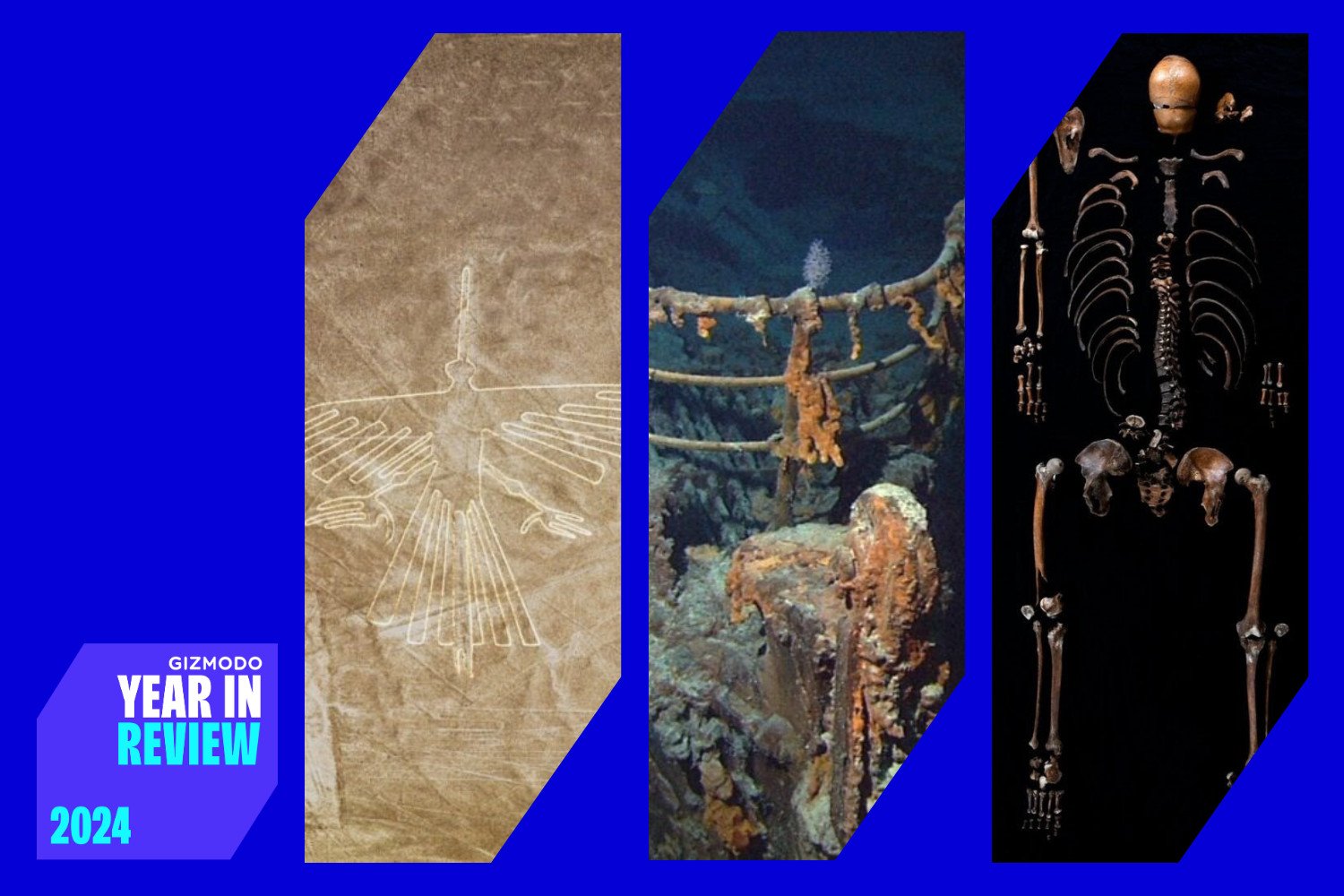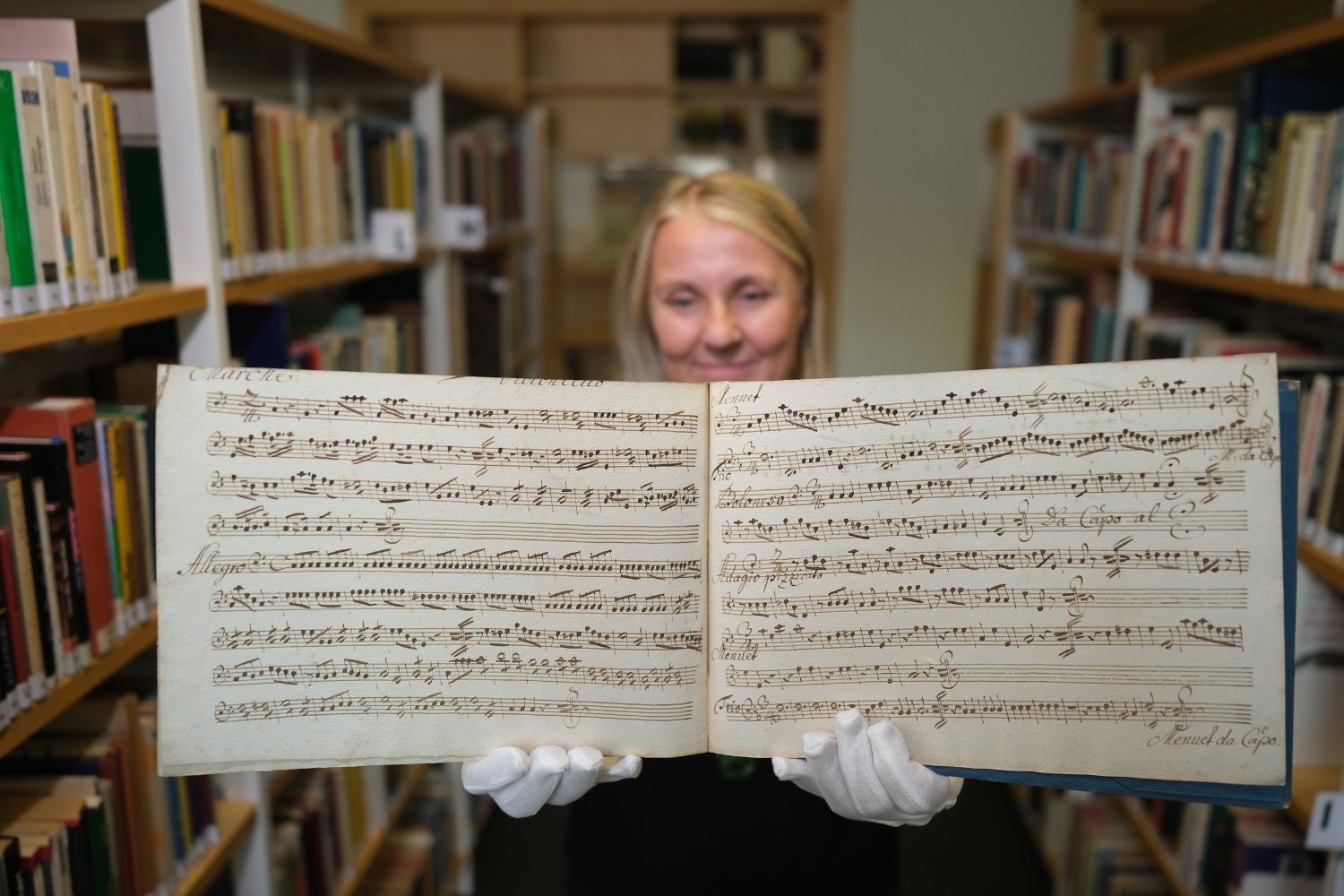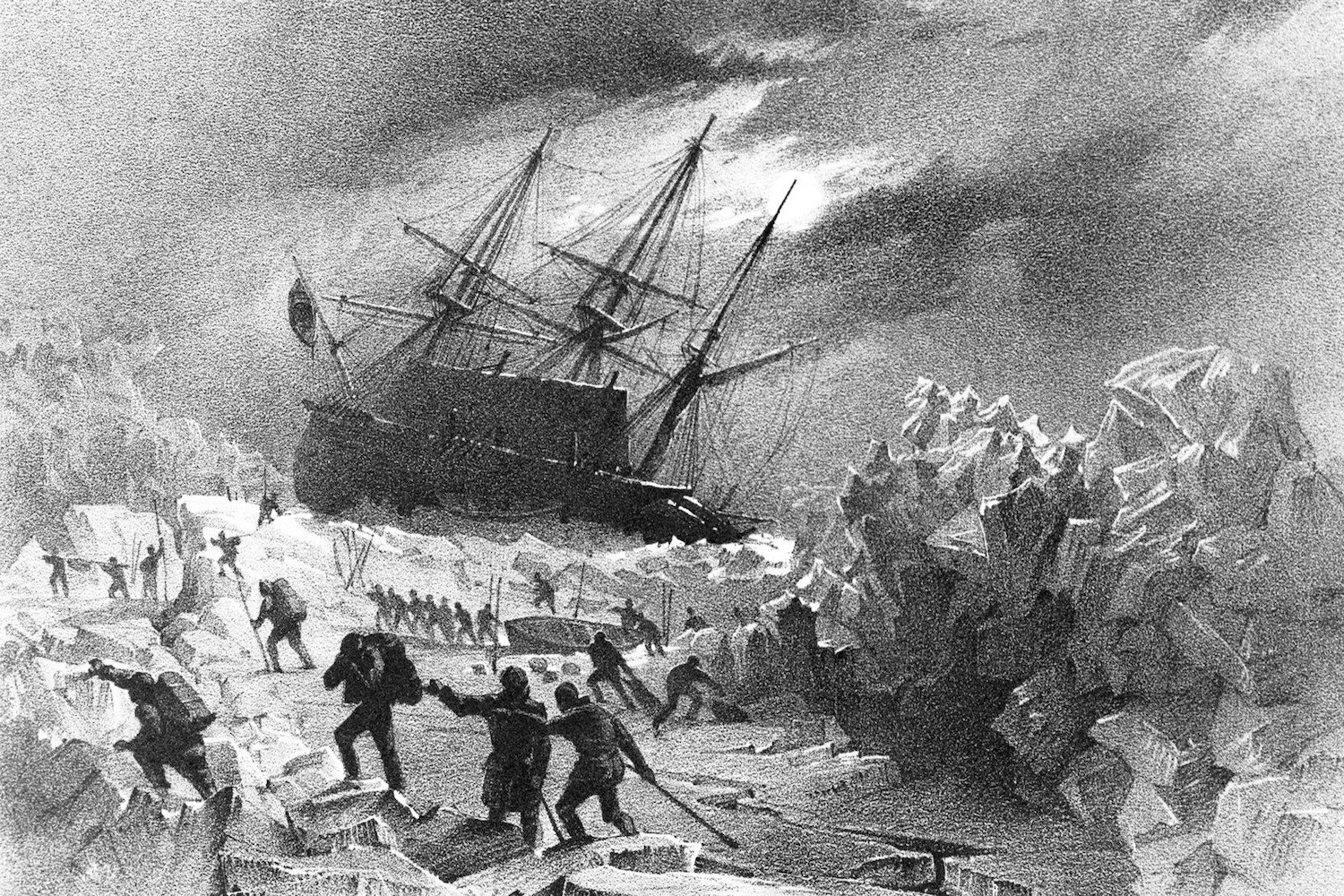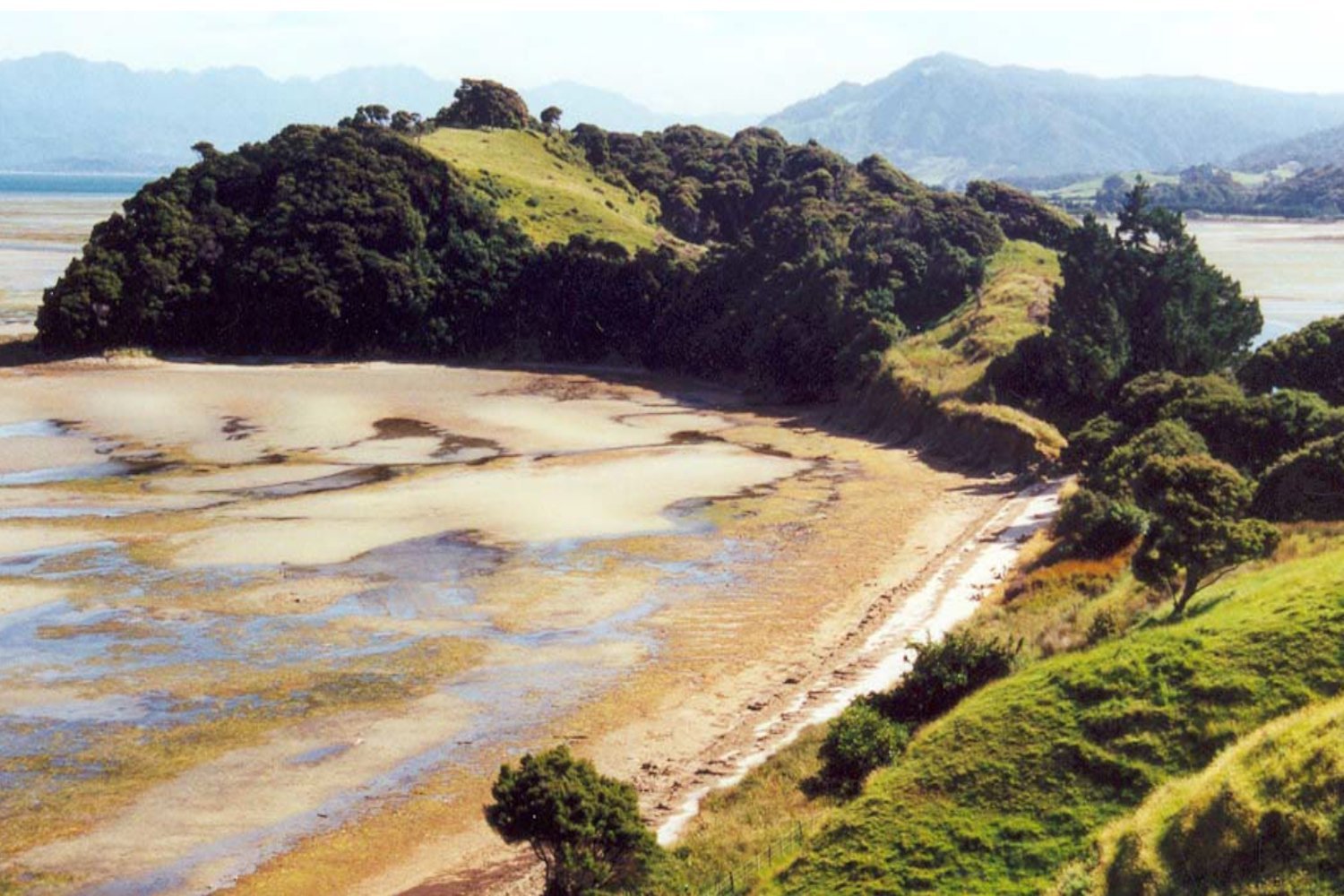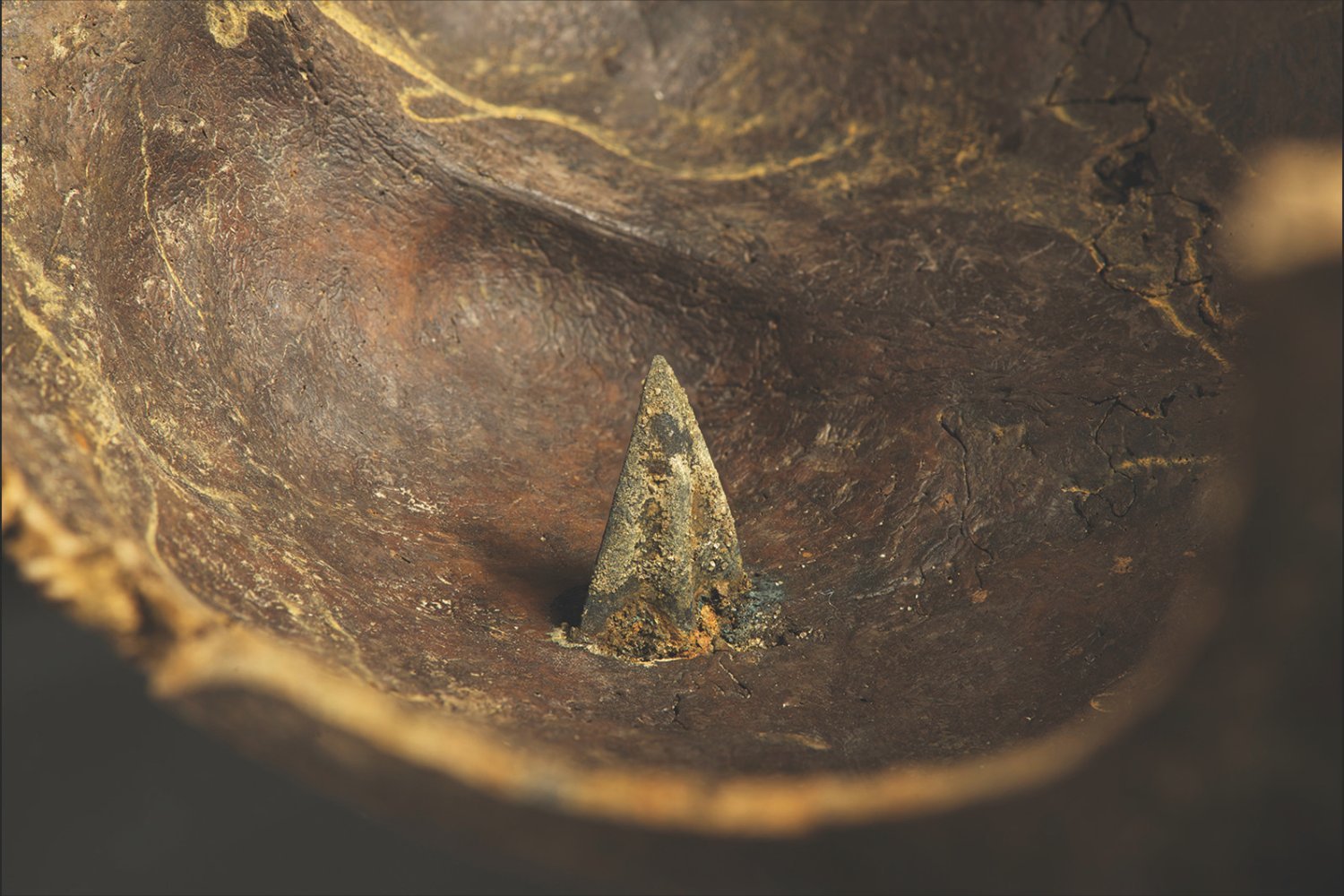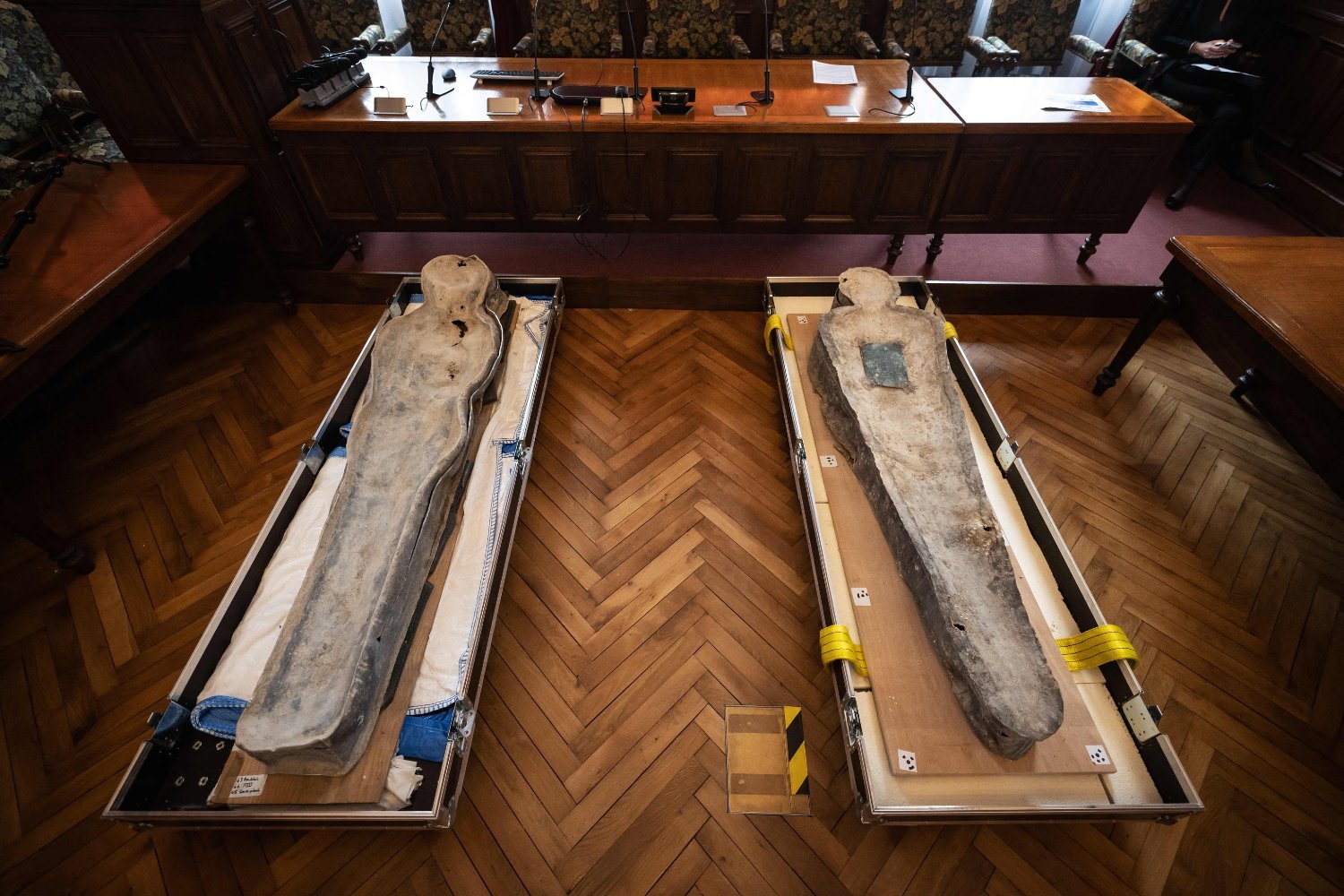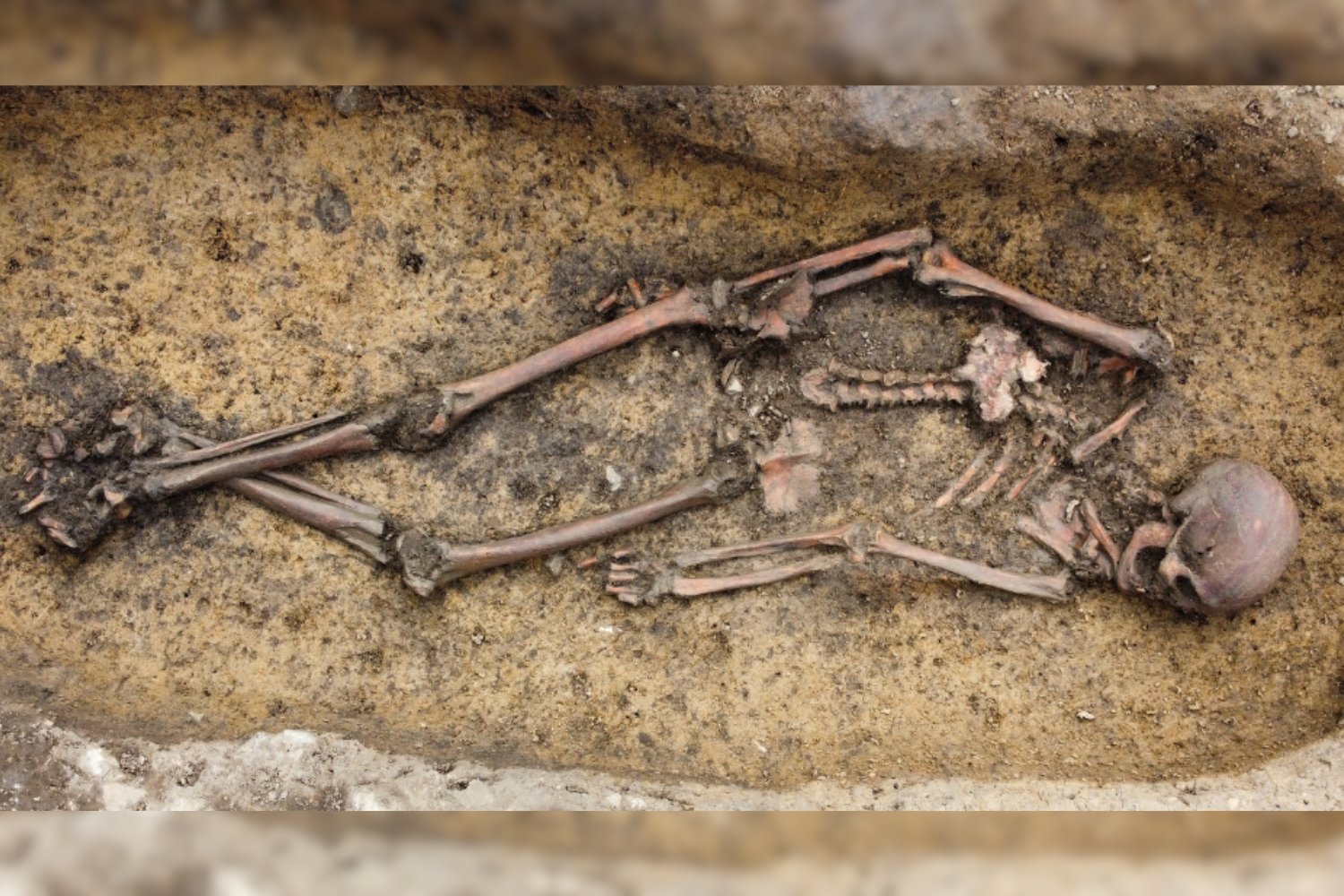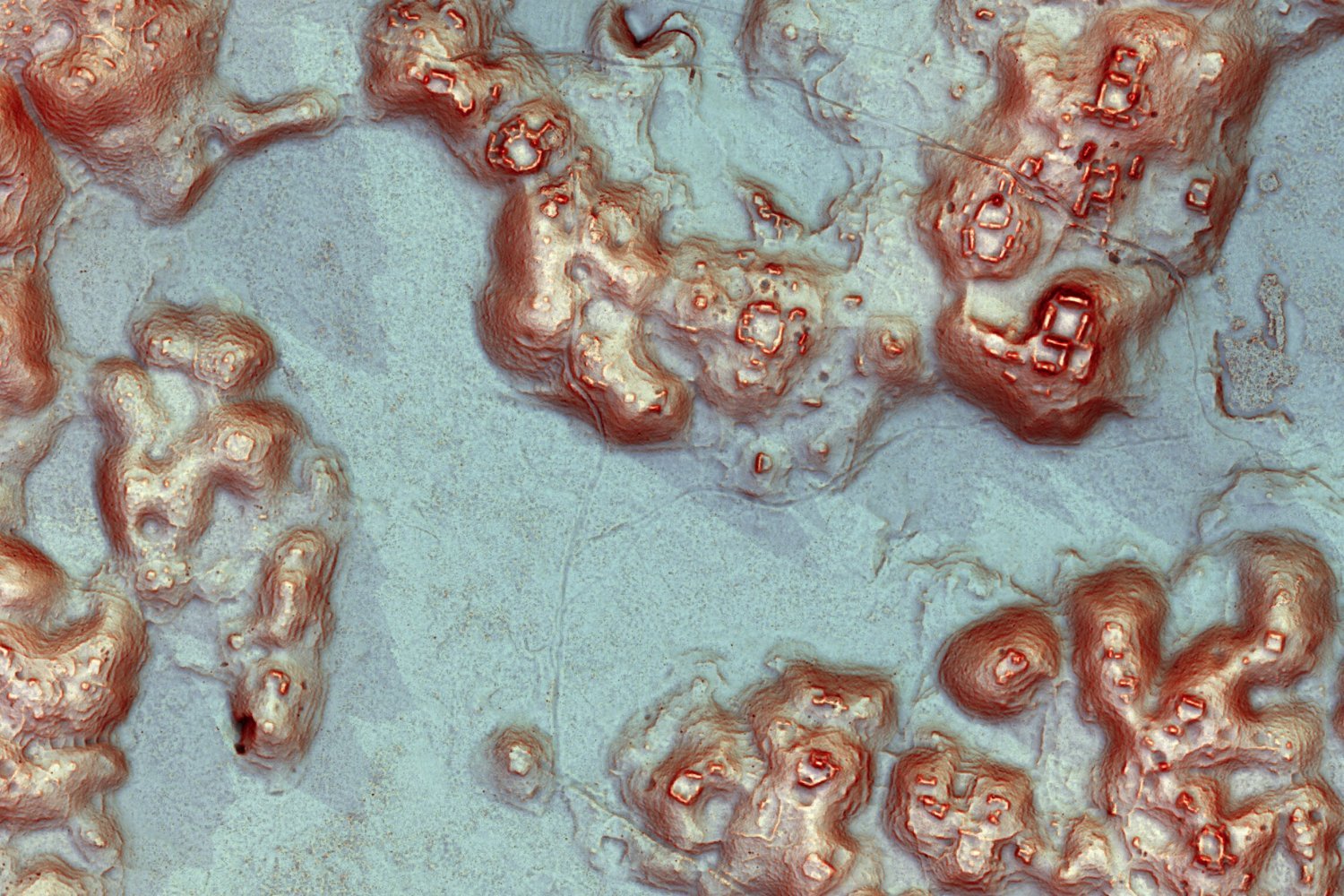The past year has yielded remarkable insights into human history, from ancient art to space-age technology. Archaeologists, geneticists, and paleoanthropologists have unearthed fascinating discoveries that reshape our understanding of the world and its inhabitants. This article highlights some of the most compelling findings of 2024.
Ancient Connections and Artistic Expressions
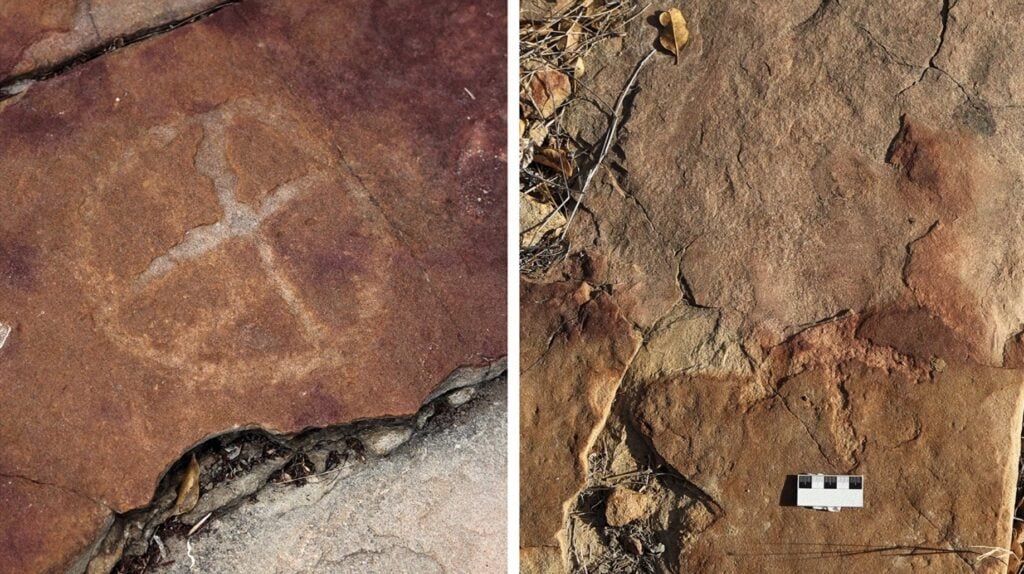 Ancient human sketches found near dinosaur footprints in Brazil.Human petroglyphs discovered near dinosaur trackways in Brazil offer a glimpse into the minds of ancient people. While separated by millions of years, these early humans clearly attributed significance to the dinosaur prints, possibly mimicking their shapes in their artwork. Although the exact age of the etchings remains undetermined, nearby burial sites provide a potential timeframe, suggesting a connection spanning millennia.
Ancient human sketches found near dinosaur footprints in Brazil.Human petroglyphs discovered near dinosaur trackways in Brazil offer a glimpse into the minds of ancient people. While separated by millions of years, these early humans clearly attributed significance to the dinosaur prints, possibly mimicking their shapes in their artwork. Although the exact age of the etchings remains undetermined, nearby burial sites provide a potential timeframe, suggesting a connection spanning millennia.
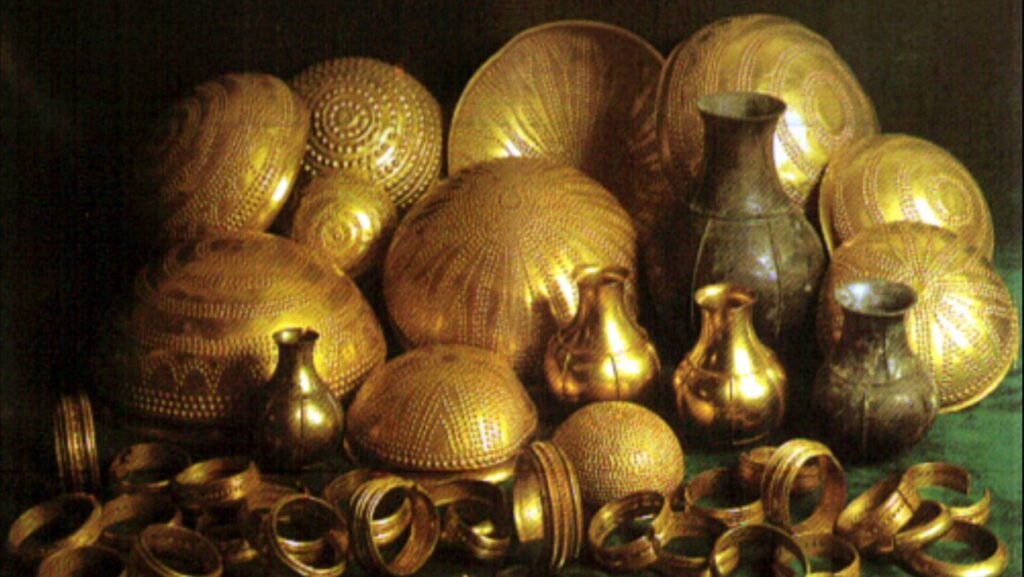 The Treasure of Villena, featuring jewelry made from meteoric iron.A 3,000-year-old treasure hoard in Spain reveals evidence of extraterrestrial adornment. A bracelet and potential sword pommel, crafted from meteoric iron, predate widespread iron metallurgy. This suggests the metal’s unique origin and its perceived value in ancient times, mirroring the meteoric iron dagger found in Tutankhamun’s tomb.
The Treasure of Villena, featuring jewelry made from meteoric iron.A 3,000-year-old treasure hoard in Spain reveals evidence of extraterrestrial adornment. A bracelet and potential sword pommel, crafted from meteoric iron, predate widespread iron metallurgy. This suggests the metal’s unique origin and its perceived value in ancient times, mirroring the meteoric iron dagger found in Tutankhamun’s tomb.
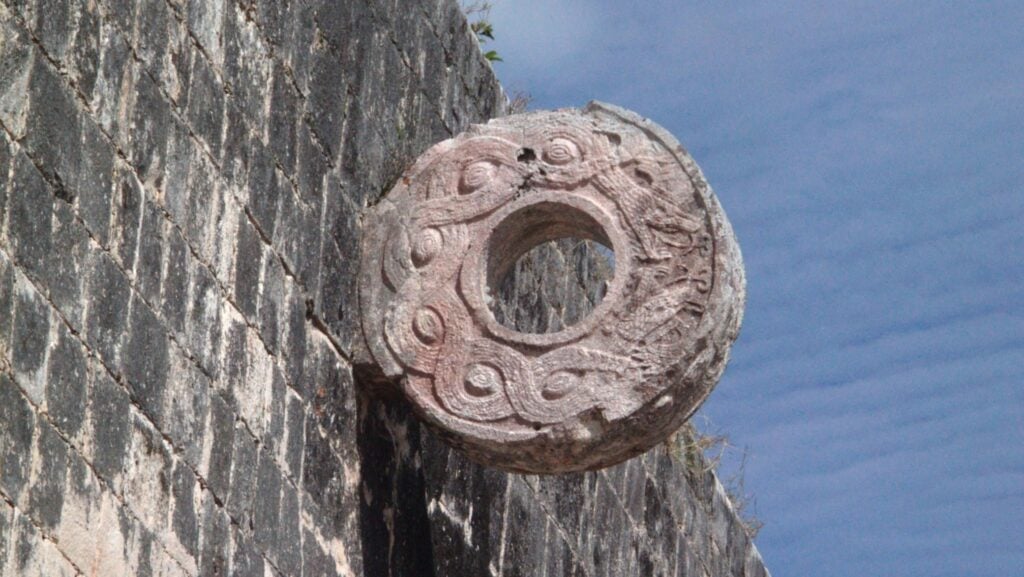 A Maya ball court, a site of ritualistic practices.Beneath a Maya ball court in Yaxnohcah, a bundle of medicinal and hallucinogenic plants unveils the ritualistic side of ancient sports. Environmental DNA analysis suggests these plants were used for ceremonial and divination purposes, highlighting the spiritual significance interwoven with athletic competition.
A Maya ball court, a site of ritualistic practices.Beneath a Maya ball court in Yaxnohcah, a bundle of medicinal and hallucinogenic plants unveils the ritualistic side of ancient sports. Environmental DNA analysis suggests these plants were used for ceremonial and divination purposes, highlighting the spiritual significance interwoven with athletic competition.
Glimpses into Everyday Life and Maritime History
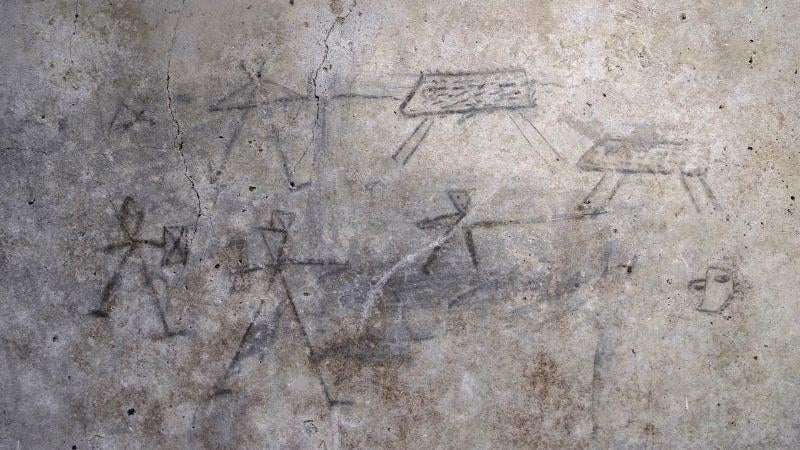 Gladiator doodles discovered in Pompeii, offering a glimpse into Roman life.Doodles discovered in Pompeii offer a unique snapshot of Roman life before the eruption of Vesuvius in 79 CE. Depicting gladiators and a hunting scene, these simple drawings provide a poignant connection to the everyday lives of those who lived in the shadow of the volcano.
Gladiator doodles discovered in Pompeii, offering a glimpse into Roman life.Doodles discovered in Pompeii offer a unique snapshot of Roman life before the eruption of Vesuvius in 79 CE. Depicting gladiators and a hunting scene, these simple drawings provide a poignant connection to the everyday lives of those who lived in the shadow of the volcano.
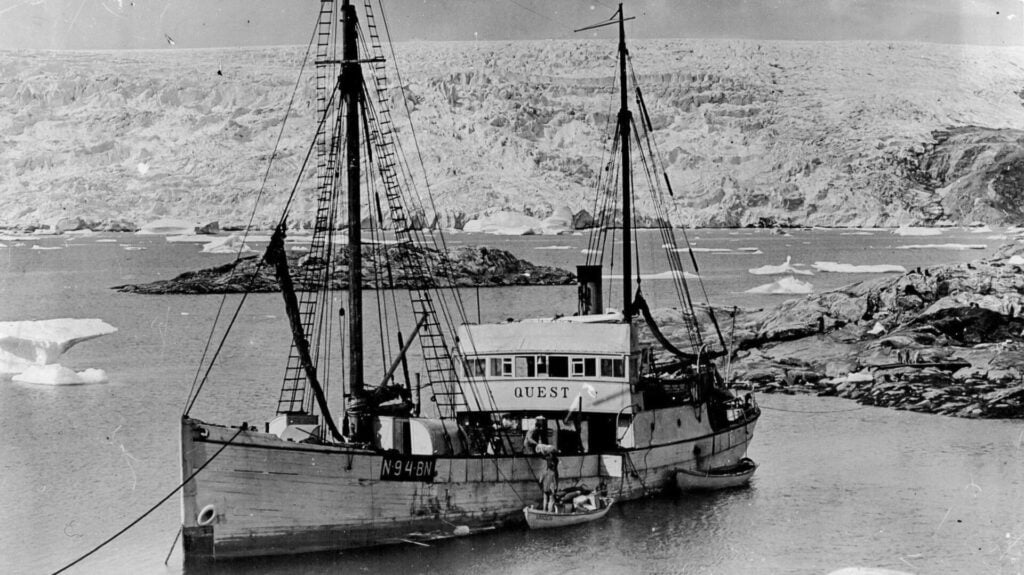 Ernest Shackleton's ship, the *Quest*, discovered off the coast of Canada.The discovery of Quest, Ernest Shackleton’s final ship, off Canada’s east coast adds another chapter to the explorer’s legacy. While Endurance rests at the bottom of the Weddell Sea, Quest represents the last vessel of Shackleton’s expeditions, marking the end of an era.
Ernest Shackleton's ship, the *Quest*, discovered off the coast of Canada.The discovery of Quest, Ernest Shackleton’s final ship, off Canada’s east coast adds another chapter to the explorer’s legacy. While Endurance rests at the bottom of the Weddell Sea, Quest represents the last vessel of Shackleton’s expeditions, marking the end of an era.
Evolutionary Insights and Space-Age Archaeology
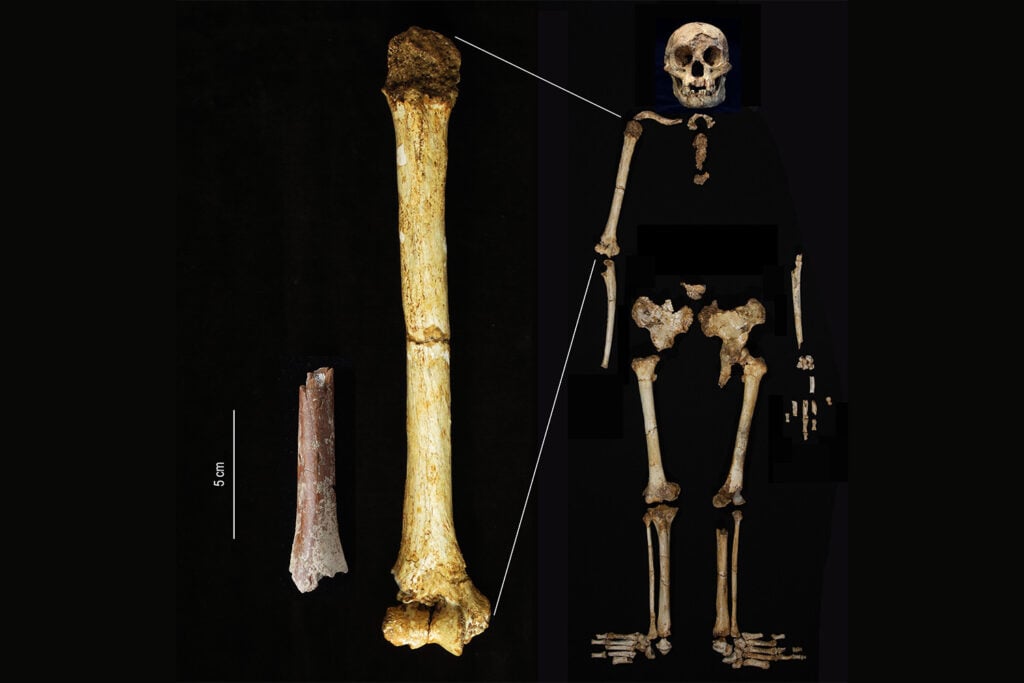 A comparison of a *Homo floresiensis* humerus fragment with a complete humerus.The discovery of the smallest Homo floresiensis individual to date pushes back the timeline of this unique species to 700,000 years ago. This finding provides valuable insights into human evolution and the diversity of hominin species.
A comparison of a *Homo floresiensis* humerus fragment with a complete humerus.The discovery of the smallest Homo floresiensis individual to date pushes back the timeline of this unique species to 700,000 years ago. This finding provides valuable insights into human evolution and the diversity of hominin species.
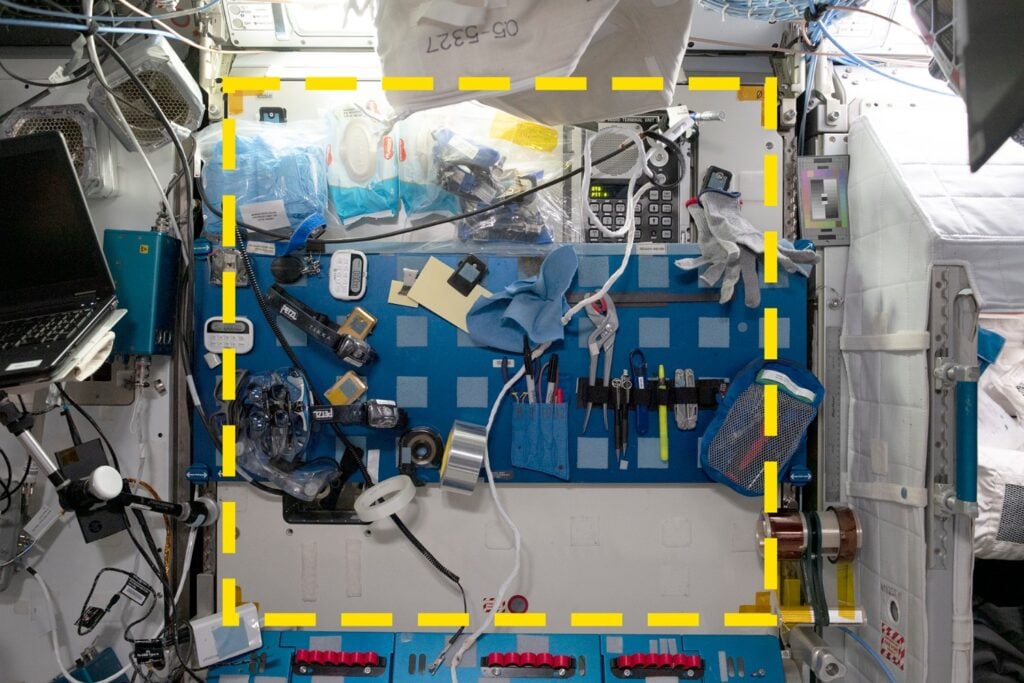 A sample location for archaeological research aboard the International Space Station.Archaeology takes a giant leap forward with the first archaeological survey conducted on the International Space Station. This research examines how astronauts utilize the station’s spaces, providing valuable data for designing future space habitats.
A sample location for archaeological research aboard the International Space Station.Archaeology takes a giant leap forward with the first archaeological survey conducted on the International Space Station. This research examines how astronauts utilize the station’s spaces, providing valuable data for designing future space habitats.
Technological Advancements and Ancient Mysteries
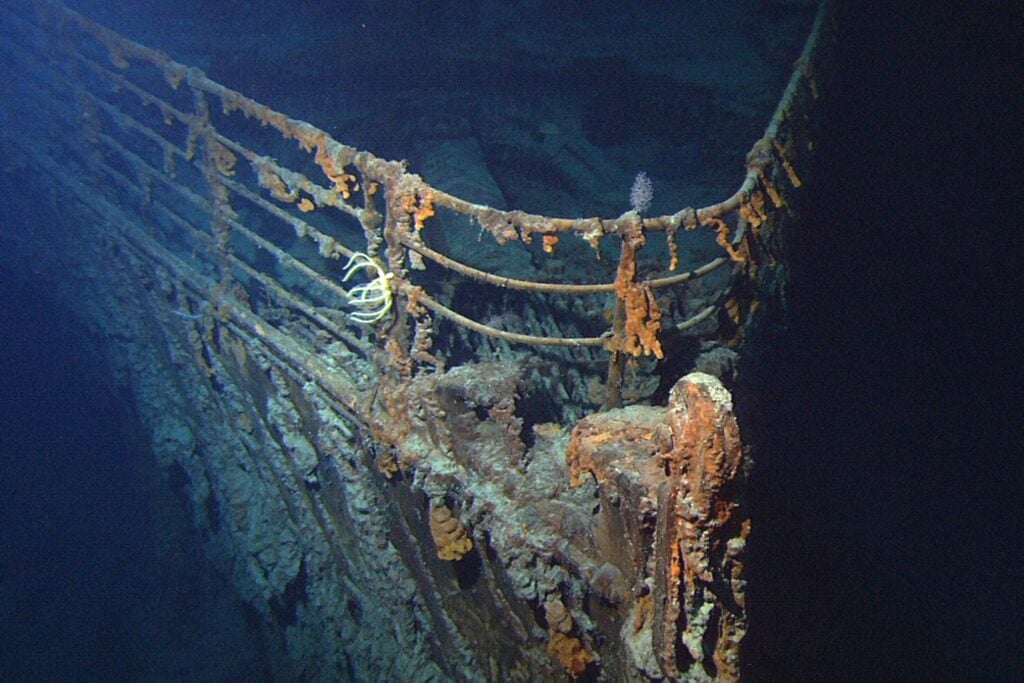 The deteriorating bow of the RMS *Titanic*.The ongoing disintegration of the RMS Titanic continues to unfold at the bottom of the Atlantic. The recent discovery of the Diana of Versailles statue, once lost in the debris field, offers a poignant reminder of the ship’s tragic fate.
The deteriorating bow of the RMS *Titanic*.The ongoing disintegration of the RMS Titanic continues to unfold at the bottom of the Atlantic. The recent discovery of the Diana of Versailles statue, once lost in the debris field, offers a poignant reminder of the ship’s tragic fate.
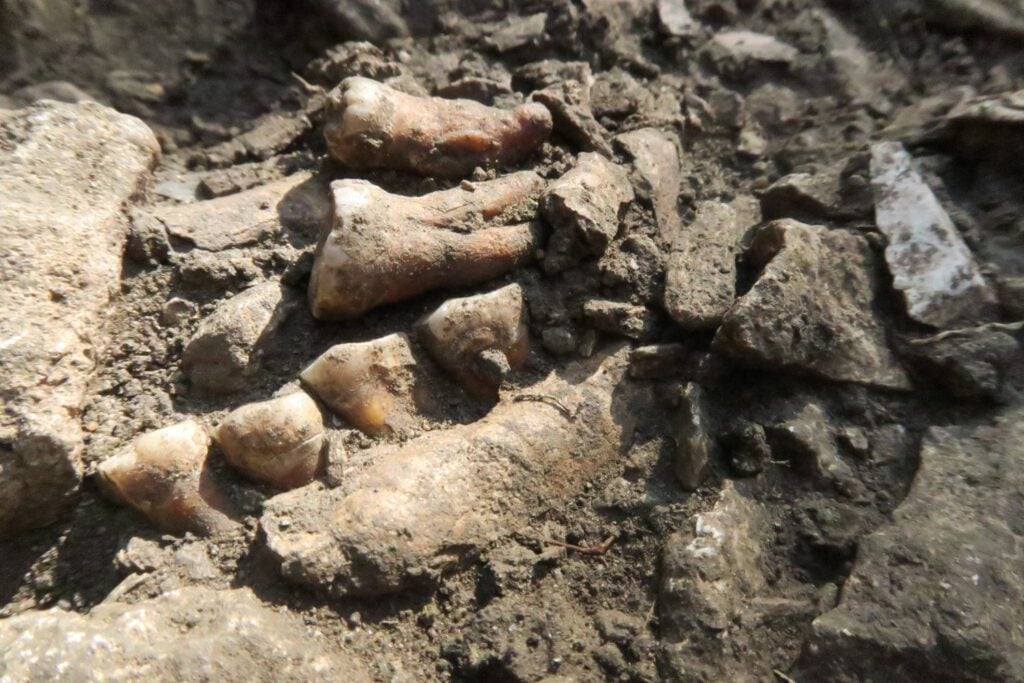 A Neanderthal tooth, providing clues to a mysterious group.The genome of a 45,000-year-old Neanderthal, nicknamed Thorin, reveals a genetically isolated population, challenging assumptions about early human interactions and showcasing the power of ancient genomic analysis.
A Neanderthal tooth, providing clues to a mysterious group.The genome of a 45,000-year-old Neanderthal, nicknamed Thorin, reveals a genetically isolated population, challenging assumptions about early human interactions and showcasing the power of ancient genomic analysis.
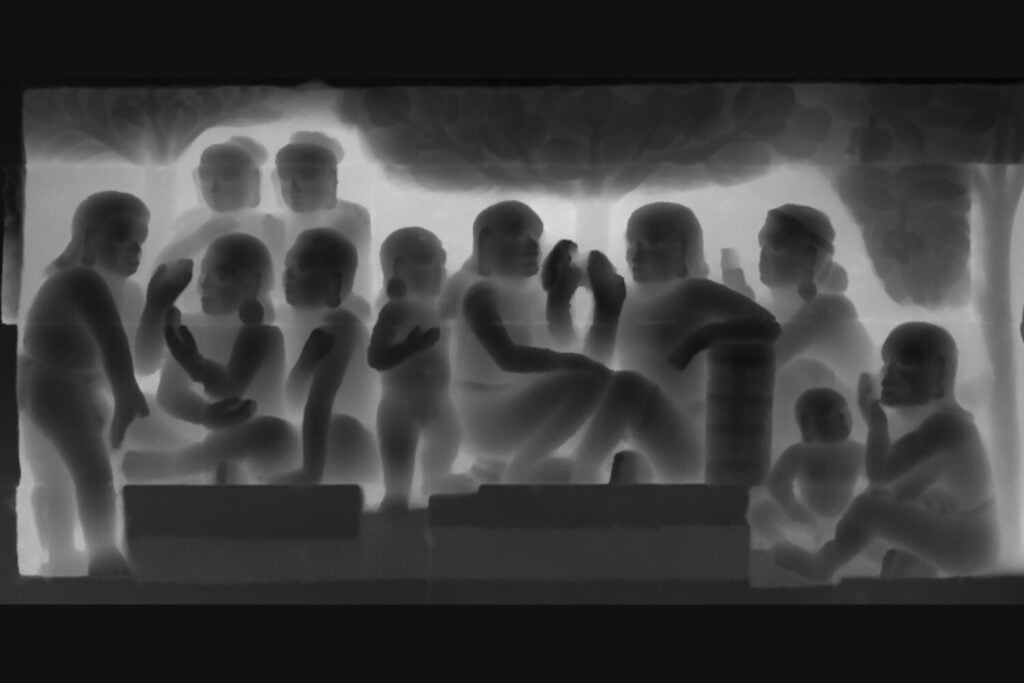 Depth map of a temple relief reconstructed using AI.Artificial intelligence breathes new life into archaeological research by reconstructing lost temple reliefs. Using a century-old photograph, AI technology reveals the intricate details of these panels, demonstrating its potential for preservation and discovery.
Depth map of a temple relief reconstructed using AI.Artificial intelligence breathes new life into archaeological research by reconstructing lost temple reliefs. Using a century-old photograph, AI technology reveals the intricate details of these panels, demonstrating its potential for preservation and discovery.
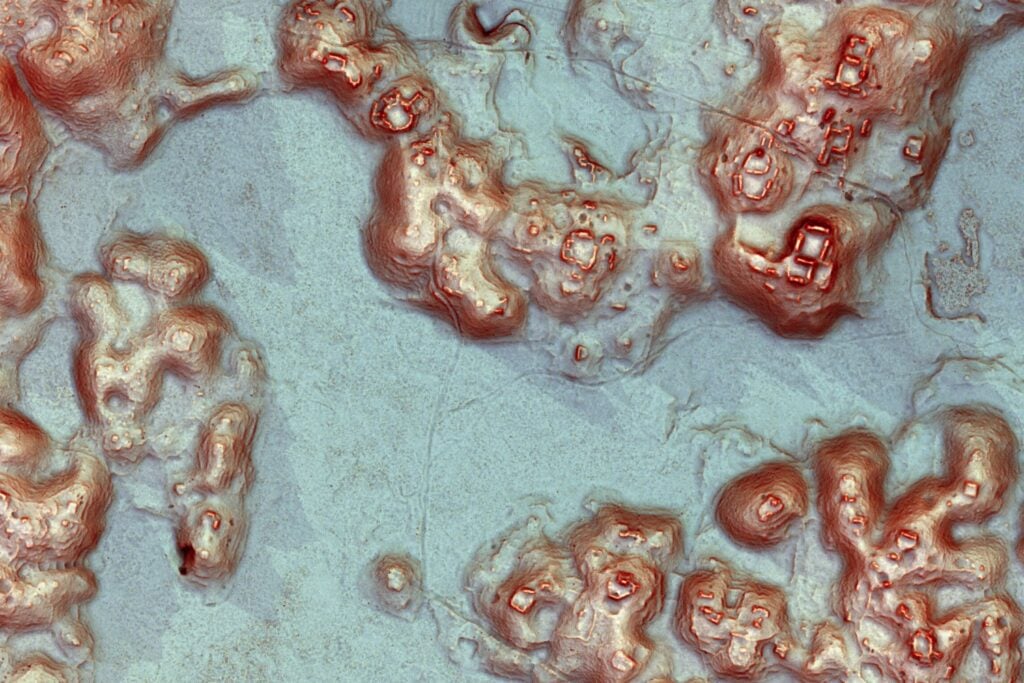 Lidar image revealing a lost Maya city in Mexico.A lost Maya city, complete with pyramids and other structures, emerges from the dense jungle thanks to lidar technology. This discovery highlights the potential for uncovering hidden archaeological treasures using advanced surveying techniques.
Lidar image revealing a lost Maya city in Mexico.A lost Maya city, complete with pyramids and other structures, emerges from the dense jungle thanks to lidar technology. This discovery highlights the potential for uncovering hidden archaeological treasures using advanced surveying techniques.
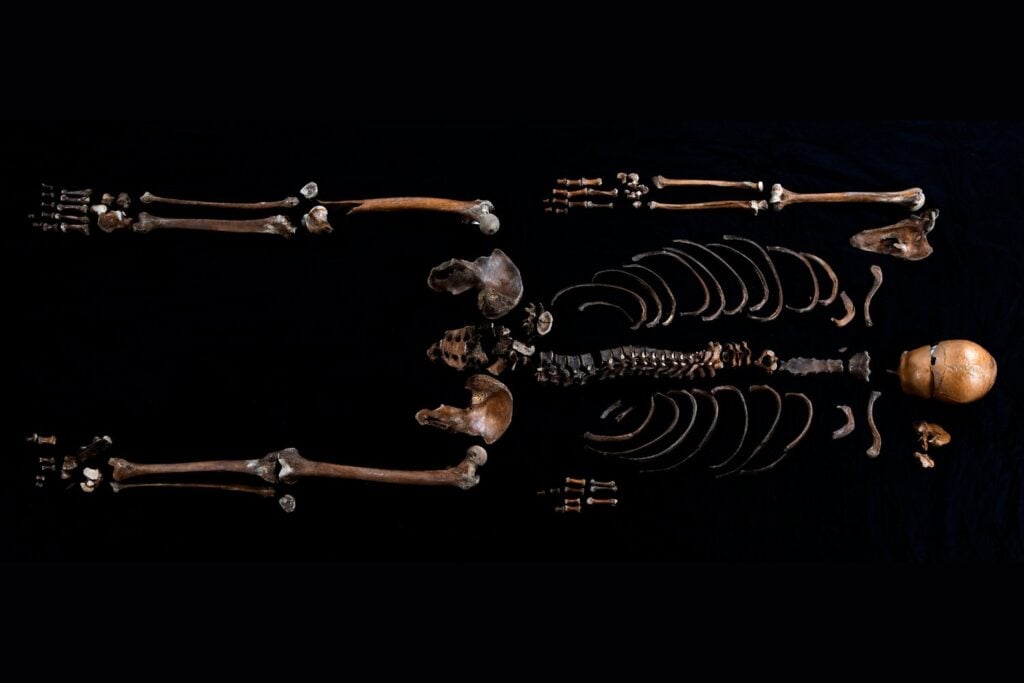 The remains of a man thrown down a well, confirming an 800-year-old story.An 800-year-old saga finds confirmation in the skeletal remains of a man discovered at the bottom of a medieval well. DNA analysis reveals details about his appearance, diet, and ancestry, connecting a historical narrative with tangible evidence.
The remains of a man thrown down a well, confirming an 800-year-old story.An 800-year-old saga finds confirmation in the skeletal remains of a man discovered at the bottom of a medieval well. DNA analysis reveals details about his appearance, diet, and ancestry, connecting a historical narrative with tangible evidence.
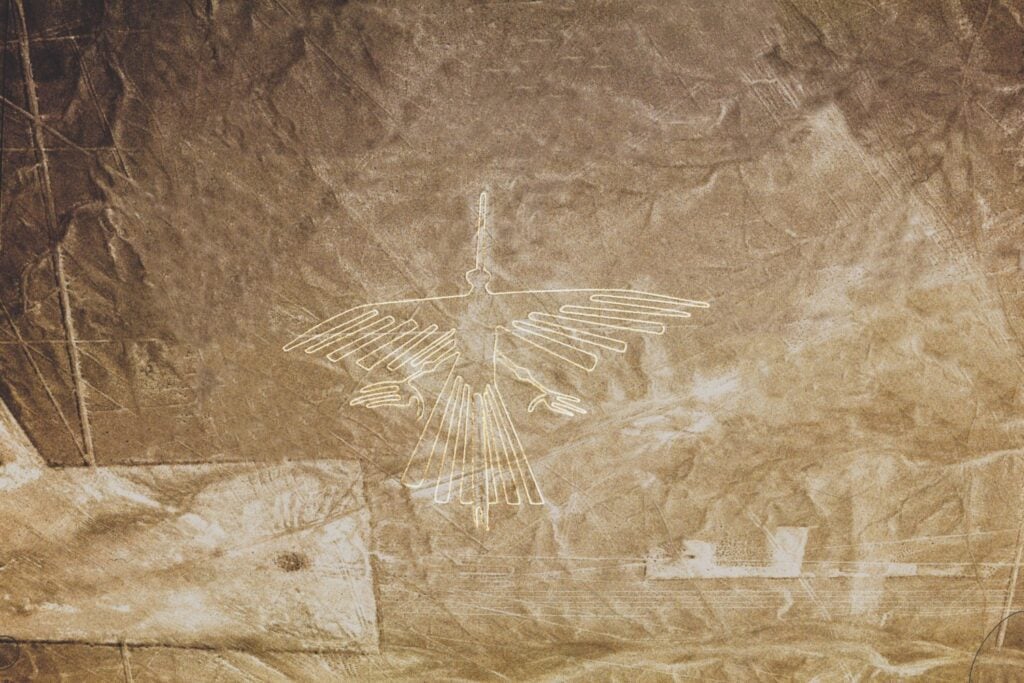 A Nazca Line geoglyph depicting a bird.Artificial intelligence doubles the number of known Nazca Lines, demonstrating its transformative impact on archaeology. By analyzing aerial images, AI identifies hundreds of new geoglyphs, expanding our understanding of this ancient art form.
A Nazca Line geoglyph depicting a bird.Artificial intelligence doubles the number of known Nazca Lines, demonstrating its transformative impact on archaeology. By analyzing aerial images, AI identifies hundreds of new geoglyphs, expanding our understanding of this ancient art form.
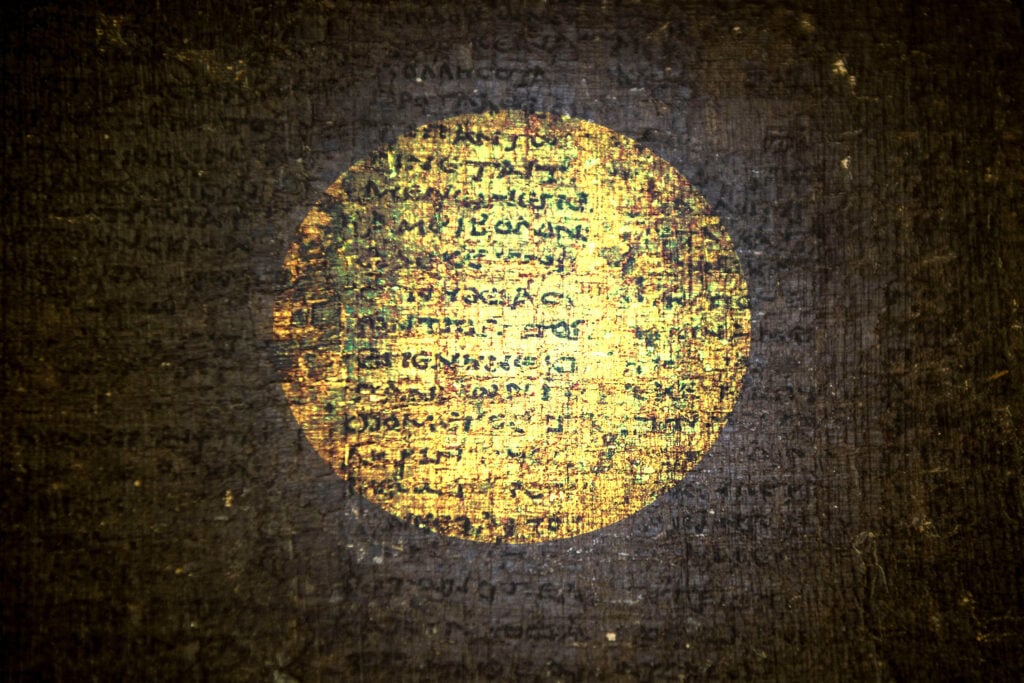 A carbonized scroll from Herculaneum.AI continues to unravel the mysteries of the Herculaneum scrolls, offering hope for deciphering the writings of ancient philosophers like Philodemus of Gadara without physically unrolling the fragile, carbonized documents.
A carbonized scroll from Herculaneum.AI continues to unravel the mysteries of the Herculaneum scrolls, offering hope for deciphering the writings of ancient philosophers like Philodemus of Gadara without physically unrolling the fragile, carbonized documents.
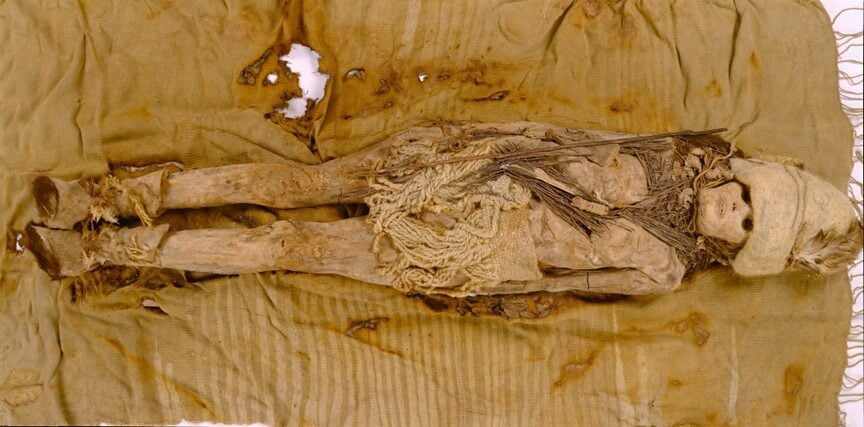 A mummy from the Tarim Basin with cheese smeared on its forehead.The world’s oldest cheese is discovered on the foreheads of 3,600-year-old mummies in the Xinjiang Uyghur Autonomous Region. Identified as kefir cheese, this finding raises intriguing questions about the cultural significance of this dairy product in ancient burial rituals.
A mummy from the Tarim Basin with cheese smeared on its forehead.The world’s oldest cheese is discovered on the foreheads of 3,600-year-old mummies in the Xinjiang Uyghur Autonomous Region. Identified as kefir cheese, this finding raises intriguing questions about the cultural significance of this dairy product in ancient burial rituals.
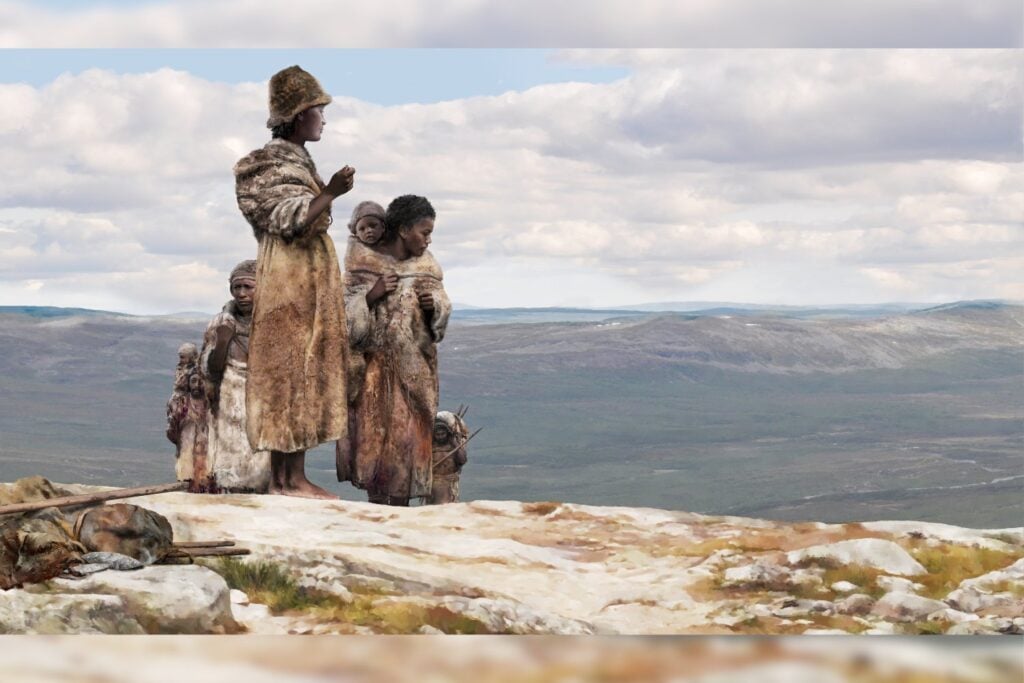 An artist's rendering of early modern humans.Analysis of 50,000-year-old genomes sheds light on the interbreeding between early modern humans and Neanderthals, pinpointing the period of genetic exchange to approximately 45,000 years ago. This research also reveals that early modern humans outside Africa belonged to distinct populations not directly related to present-day humans.
An artist's rendering of early modern humans.Analysis of 50,000-year-old genomes sheds light on the interbreeding between early modern humans and Neanderthals, pinpointing the period of genetic exchange to approximately 45,000 years ago. This research also reveals that early modern humans outside Africa belonged to distinct populations not directly related to present-day humans.
Conclusion
These remarkable discoveries showcase the ongoing quest to understand our past, from the smallest human ancestor to the vast expanse of space. Through innovative technologies and meticulous research, we continue to uncover the secrets of human history and the world around us.



